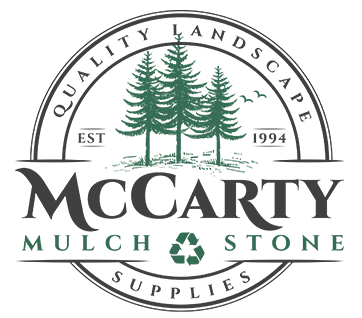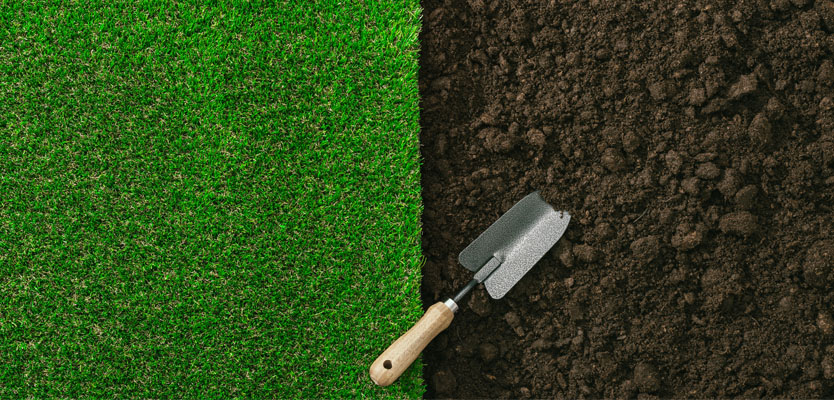5 Ways to Determine the Best Grass Type for Your Lawn
The time and research you take now to determine the right type of grass for your yard could save you a lot of pain later: haphazard planting could result in a lawn that is discolored, dormant, or dismantled, depending on how much traffic it can handle. We’ve outlined a few basics to consider before planting grass seed.
Grasses fall into two major categories and are further broken down by characteristics and behavior. Here’s a snapshot:
Warm-Season Grass
These grasses thrive in warmer regions and during summer, browning when temperatures cool. Examples include:
- St. Augustine: lush but coarse texture, tolerates shade, needs frequent watering
- Bermuda: coarse texture, spreads, shade-intolerant, and prone to thatch
- Buffalo: grayish-green with a fine texture, low maintenance, slow to grow
- Centipede: light to mid-green shade, medium maintenance, slow to grow, sensitive to cold
- Zoysia: medium texture, tolerates shade and droughts, not suited for high traffic
Cool-Season Grass
Spring and fall are prime growth periods for cool-season grass, favored in the Northern regions of the country. Types include:
- Fine fescues: thin, feathery blades, shade and drought tolerant
- Tall fescues: coarse texture, drought, and heat tolerant, doesn’t spread easily
- Perennial ryegrass: dark, fine texture, attractive, high traffic tolerance but doesn’t regenerate
- Kentucky bluegrass: dark color, medium texture, regenerates, shade-intolerant
Transition Areas
What about regions like the Midwest that endure temperature extremes? The heartiest choice is tall fescue because it retains its color and stands up to both hot and cold elements. But there are choices among both warm and cool-season types of grass that have the character to sustain in this climate, including Bermuda, Zoysia, and Kentucky bluegrass.
5 Deciding Factors
You can’t lose by educating yourself on grass species, but when it comes to hard choices you need to start, well, in your own backyard. The right type for you has everything to do with the layout of the land and these five factors:
Acidity
The key to good grass is choosing the right seed for your soil pH. You may need to treat your soil before planting; the best way to know is to test your soil, which can be done with a soil testing kit. Your results will have to be processed, so plan on a two-week waiting period.
Who Is On Your Lawn?
Grass-type is partially dictated by durability. For example, the delicate fine fescue isn’t a wise choice for a family with small, playful kids. And Kentucky bluegrass, known for its regeneration properties, can handle the rough and tumble nature of athletics. It can be worth the extra maintenance.
Watering
How much can you water? Some grasses can handle drier periods, like tall fescue, Zoysia, or buffalo grass. Kentucky bluegrass, known for high maintenance, will need much more.
Shade
The number of trees and the amount of shade they produce will affect your grass’ health, so choose wisely from the onset. Seed blends are a good defense because they increase the odds that a few types will grow. Rye, fine and tall fescues are good cool-season choices and Zoysia and St. Augustine are warm-season grasses that can handle indirect sunlight.
Maintenance
How high maintenance of grass can you handle? Some people love the ritual of mowing and fertilizing–frequent tending jives with their lifestyle. Others aren’t a fan of yard work, or they have a schedule that isn’t conducive to it. Know your patterns and consider your lifestyle.
Questions about landscaping and lawn care? We’ve got you covered. McCarty Mulch is an Angie’s List Super Service Award winner and supplier of landscape supplies and products for homeowners and the Central Indiana landscape industry. Contact us today!




